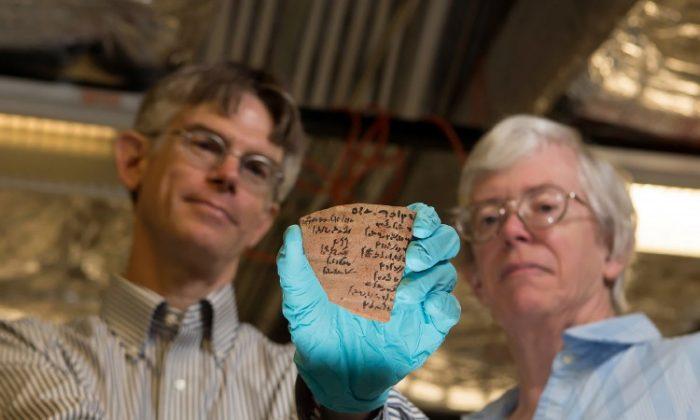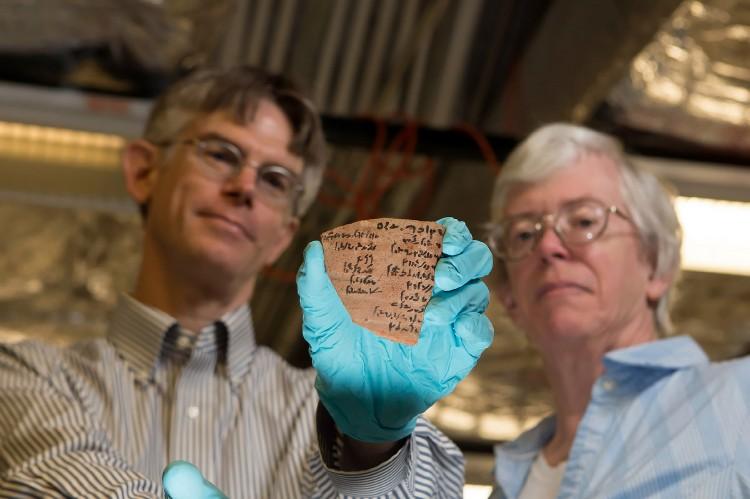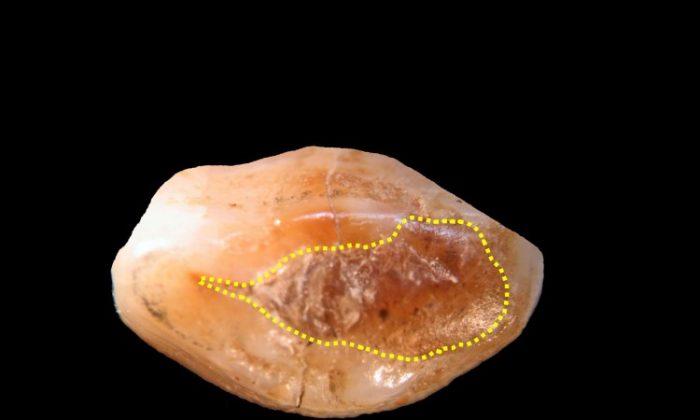The language of everyday Egyptians from about 500 B.C. to A.D. 500 is being brought back to life with a new dictionary compiled by researchers at the Oriental Institute of the University of Chicago.
Thousands of words have been translated to help gain insights into the final period of ancient Egyptian culture and politics when the country was occupied by other civilizations, like the Greeks and then the Romans.
Demotic Egyptian was written in a flowing style, and used on stone carvings, papyrus, and pottery. Alongside Egyptian hieroglyphs and Greek, it was the third script on the Rosetta stone, which was erected after King Ptolemy V was crowned and inscribed with a decree establishing his rule.
Knowledge being gleaned from the language includes what taxes people paid, what they expected from marriage, and information about ancient Egyptian science.
“Demotic was used for business and legal documents, private letters and administrative inscriptions, and literary texts, such as narratives and pieces of wisdom literature,” said Janet Johnson, editor of the Chicago Demotic Dictionary, in a press release.
“It was also used for religious and magical texts as well as scientific texts dealing with topics such as astronomy, mathematics and medicine.”
Present-day usage of the language includes words like ebony, and adobe, meaning brick.
“The last four decades have seen a real explosion of Demotic studies, with more scholars focusing on this material, and great leaps in our understanding of this late version of the Egyptian language,” said Gil Stein, director of the Oriental Institute, in the release.
“The Chicago Demotic Dictionary is reaching completion at the perfect time to have an enormous impact on our understanding of Egyptian civilization in the final few centuries, when it still flourished as a vibrant and unique culture.
The Epoch Times publishes in 35 countries and in 19 languages. Subscribe to our e-newsletter.






Friends Read Free